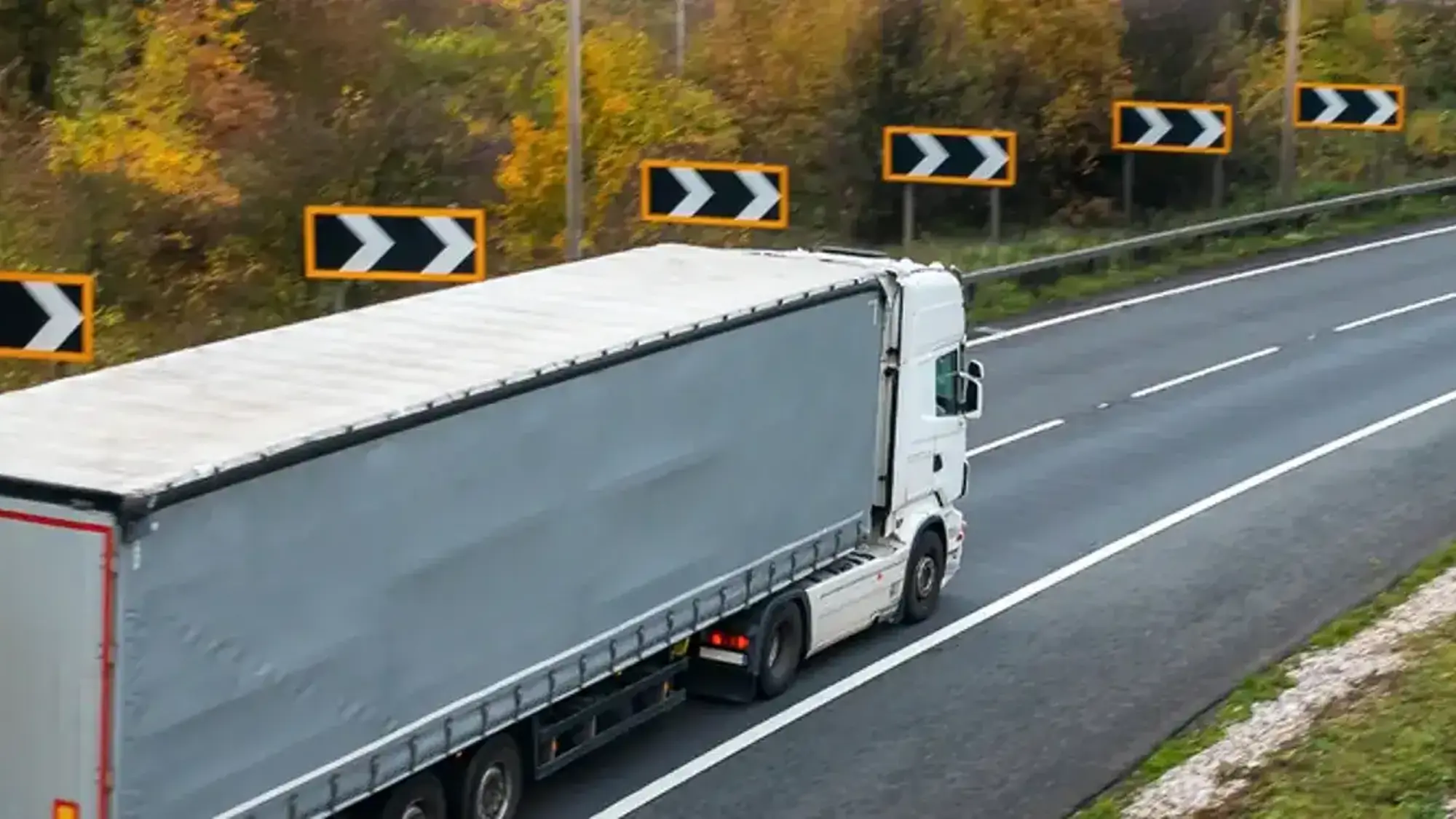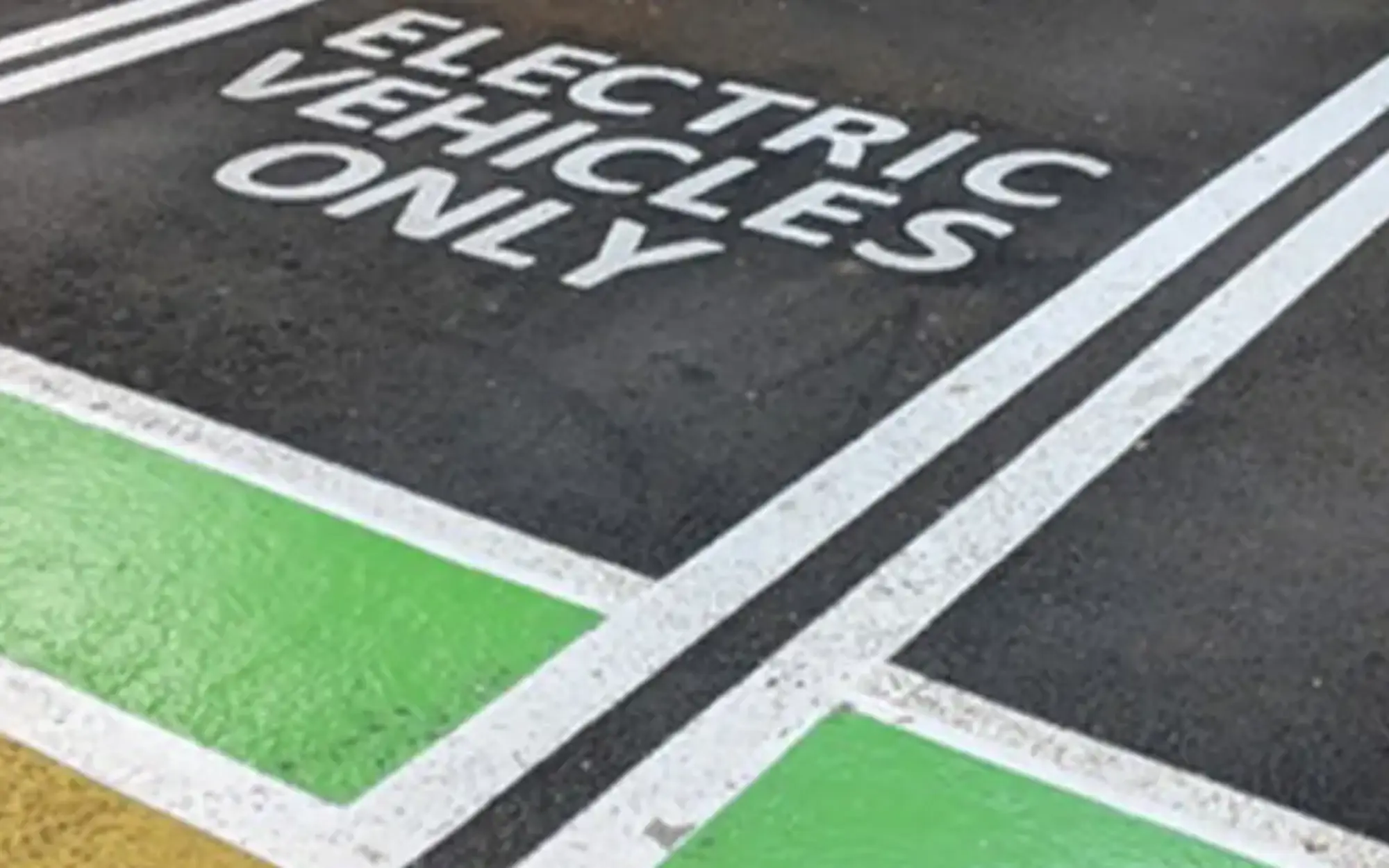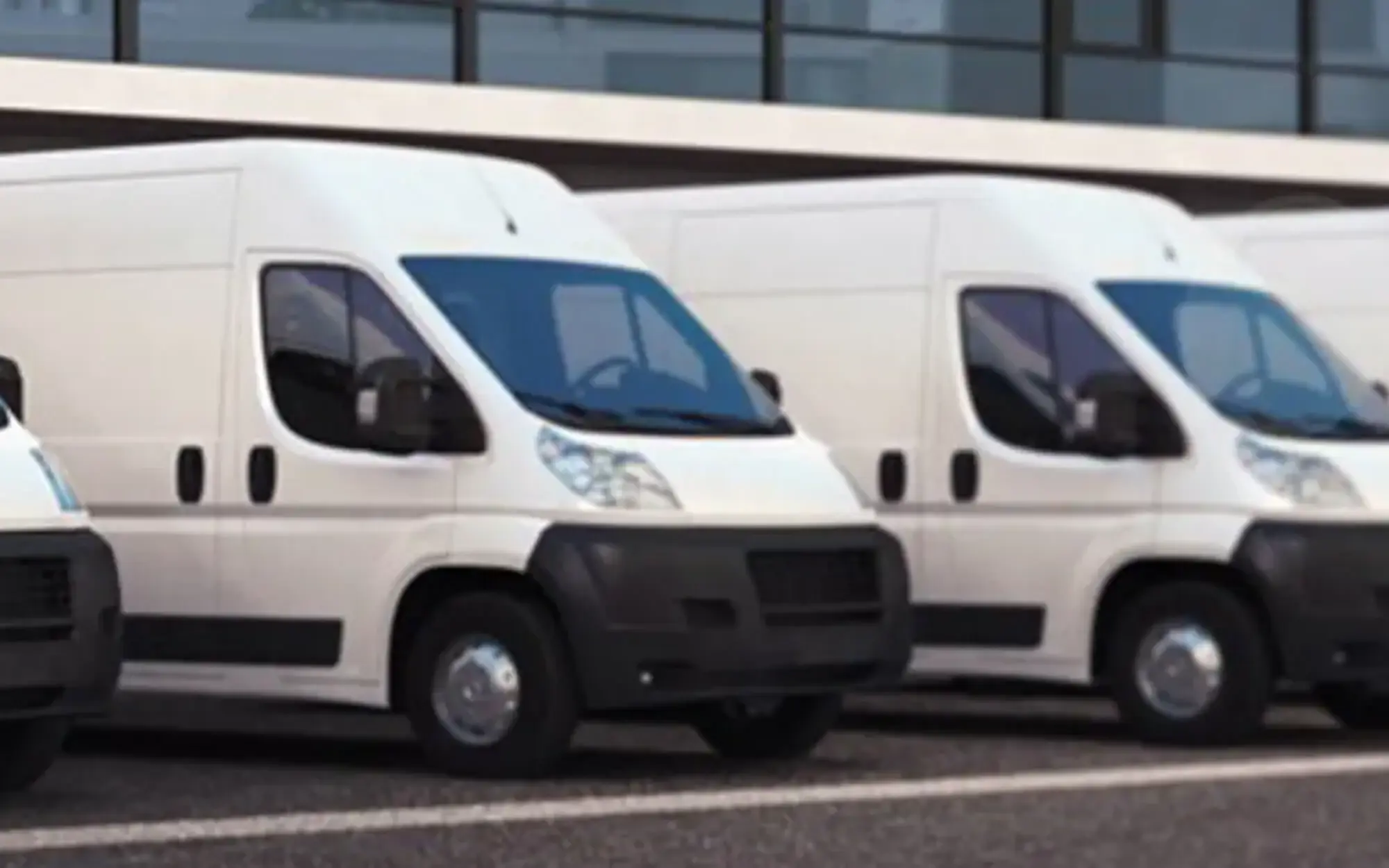
Fleet management for electric vehicles
When upgrading your fleet to EVs there are a lot of things to consider. Our helpful guide has all the answers to those questions.
A guide to fleet management for electic vehicles.
Fleet management is all about making choices that save your business money and providing financial benefits. Keeping costs down without impacting the quality of your fleet means you are always looking for new incentives and initiatives.
At the moment, the future appears to be all-electric. If you’re in the process of considering converting to an all-electric fleet, you should still be looking for the best ways to save money and maximise the potential of the fleet. We will take you through the ways we think fleet management for electric vehicles could work best for you and your business.
How to start upgrading your business vehicles to electric.
As a fleet manager, your primary goal is to save the company money. Knowing which EVs are going to work best for the needs of your business is going to take some research. If you are in the process of switching and need one-to-one advice, you can contact Fleet Support who offer guidance on large fleets. Funding is also offered by the Department of Transport and services are offered at no cost to the organisations or businesses seeking help.
While you may already be in the process of making the switch in stages, others will be eagerly watching and waiting to see how the market progresses as you prepare to take the plunge. Building your electric fleet in stages is a tactical decision and gives you the chance to sort out operational issues as they arise.
The Energy Saving Trust recommends that you update your fleet in sections, perhaps starting with company cars, taking advantage of the benefit-in-kind tax rates. They also recommend that you as manager set targets to ‘define your vision and track progress.’
With RAC Business Breakdown Cover there are no extra fees to having electric vehicles on your fleet. All you will need to do is amend the vehicles already on your policy.
Initial costs for investing in an electric vehicle fleet
Whilst you are certainly going to find the initial outlay for an electric vehicle considerably higher than its Internal Combustion Engined (ICE) counterpart, you are going to save money further down the line.
Know the whole life cost. Most managers who have decided to replace fleet cars with electric vehicles either one by one or in their entirety will have done so to save money in the long term.
The lower cost of electricity compared to petrol and diesel reduces the whole life cost of the vehicle. Our research shows that it costs around £7 to £10 to charge an electric vehicle to 80% at a public rapid charger.
Know what you are entitled to. There is a range of government grants out there that you can access, in addition to this there are tax breaks you can access too. The Energy Saving Trust has links to a range of government schemes available to help.
Don't forget to have RAC Business Breakdown Cover for your fleet to avoid extra costs. Our RAC Experts are trained in electric vehicles- so you'll know that you're in safe hands.
How long can an Electric Vehicle Battery last for a business fleet?
Different vehicles have different mileage ranges they can comply with. They will on average lose 1.6% of battery mileage yearly and on average last for around 10 years.
Know your fleet range. Making sure the electric vehicle fleet is going to be able to match the daily range your fleet experiences, is vital. Calculate the daily average of your ICE fleet and make sure the electric vehicle fleet can match it.
You will also want to look at how often your current fleet is driven over a certain mileage threshold. The Energy Saving Trust also have a really handy tool to help you manage mileage so you know how the cross-over will work effectively and if the electric vehicles are going to be able to hold up range-wise.
Do be wary though, that there are various other factors to think about. There is a reduction in the range of electric vehicles at higher speeds. Your traditional fuel engines are more efficient at higher speeds than electric vehicles. If your fleet is going to be driving mainly long distances at high speeds, you going to find it less likely that you will meet the WLTP (Worldwide Harmonised Light Vehicle Test Procedure). This is the lab test used to measure fuel consumption and CO2 emissions.
Worried about being caught out by battery charge? With RAC Business Breakdown Cover we can give you a 10-mile boost with our EV Boost mobile charger fitted to our petrol vans.
Get peace of mind with RAC Business Breakdown Cover.
Plan your EV charging route with MyRAC
Knowing how you are going to charge the electric vehicles and being confident that they are going to be able to do what you need is vital.
If your vehicles return to base each night, making the most of on-site charge points could be convenient. If this is something that could work for you, look into the Government's Workplace Charging Scheme.
In addition, know which charge points are going to work for you. Most of the home and public charge points are 3.7kw and for most fleets, this will suffice. Whilst you might feel compelled to go all in and install the 22kw charge points, they are not always suitable for fleet models.
Know how long charging is going to take. It might take more than an hour to fully recharge a vehicle but a quick 15-minute charge at a scheduled stop might mean you get to the expected destination.
It’s also worth looking into smart charging (using more intelligent management of the charge point), and talking to your local Distribution Network Operator (DNO) to find out about the electricity grid capacity at your site. If your site is low on spare grid capacity, the number of electric vehicles you can charge will be impacted.
It’s worth finding out about the public charging network in your area too. These are dotted all over and also strategically placed on motorways. Ideally, your fleet could recharge on the go.
Plan your route with MyRAC to know where all the nearest EV charging points for your fleet. It is also the quickest and easiest way to log any breakdown.
Educate your drivers on the benefits of electric vehicles.
Remember that whilst you might see the benefits of converting the fleet to electric vehicles, not all your drivers will. Communicate clear advice, explaining the financial, carbon and air quality benefits. Keep them abreast of the fuel savings, grants for home charge points and potential benefit-in-kind savings.
Offer your drivers the chance to familiarise themselves with new vehicles. Electric cars have a growing reputation for being a pleasurable drive. Prepare a simple set of instructions providing your drivers with practical help and advice on driving an electric vehicle. Leave them in the cars with a list of helpful numbers or contacts should they be needed.
Understand your performance data
Keep on top of your data. Knowing performance data is going to help you determine the level of success of your electric vehicle fleet. If you are rolling out electric vehicles in stages, the data will determine the pace at which you should move. Knowing how and where to improve means fleet management will operate more smoothly — for you and your fleet.
Not sure what vehicles will be right for your electric fleet? Read our guide on electric vehicle buying.

Whether it's 1 van, 10 cars or 100 taxis; managing your fleet can be a complex business. No matter the size, variety or usage of your fleet, this FREE white paper can help you manage your business vehicles more effectively.




